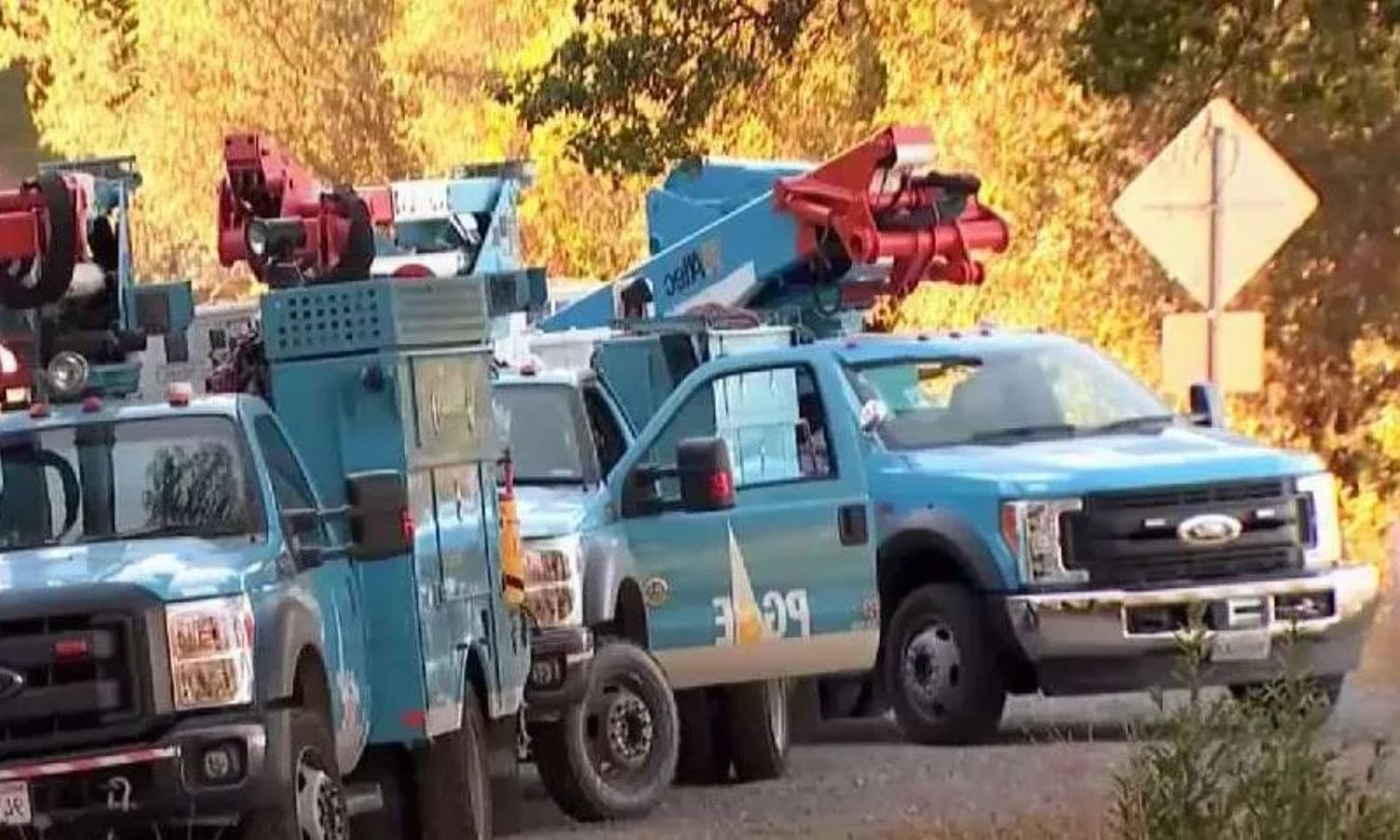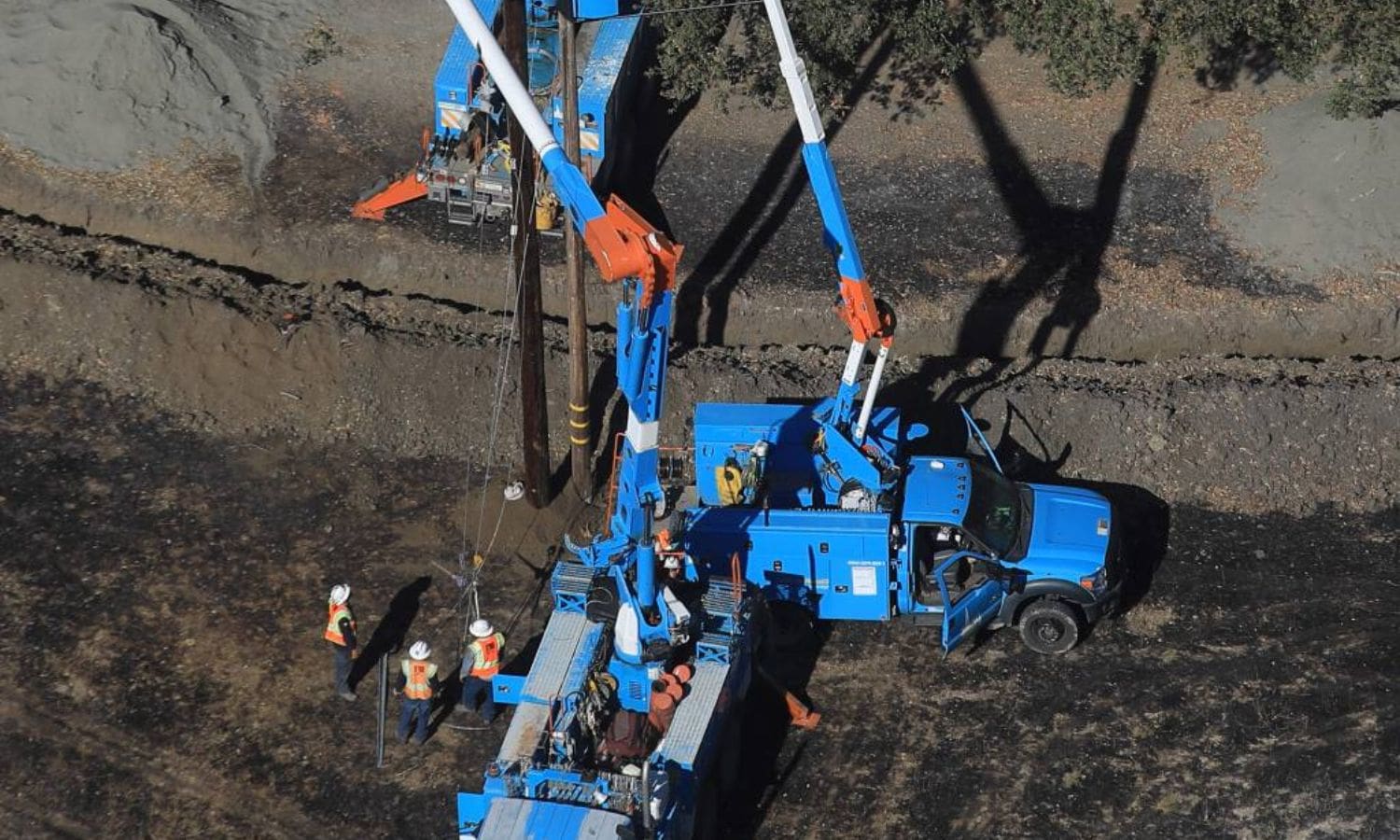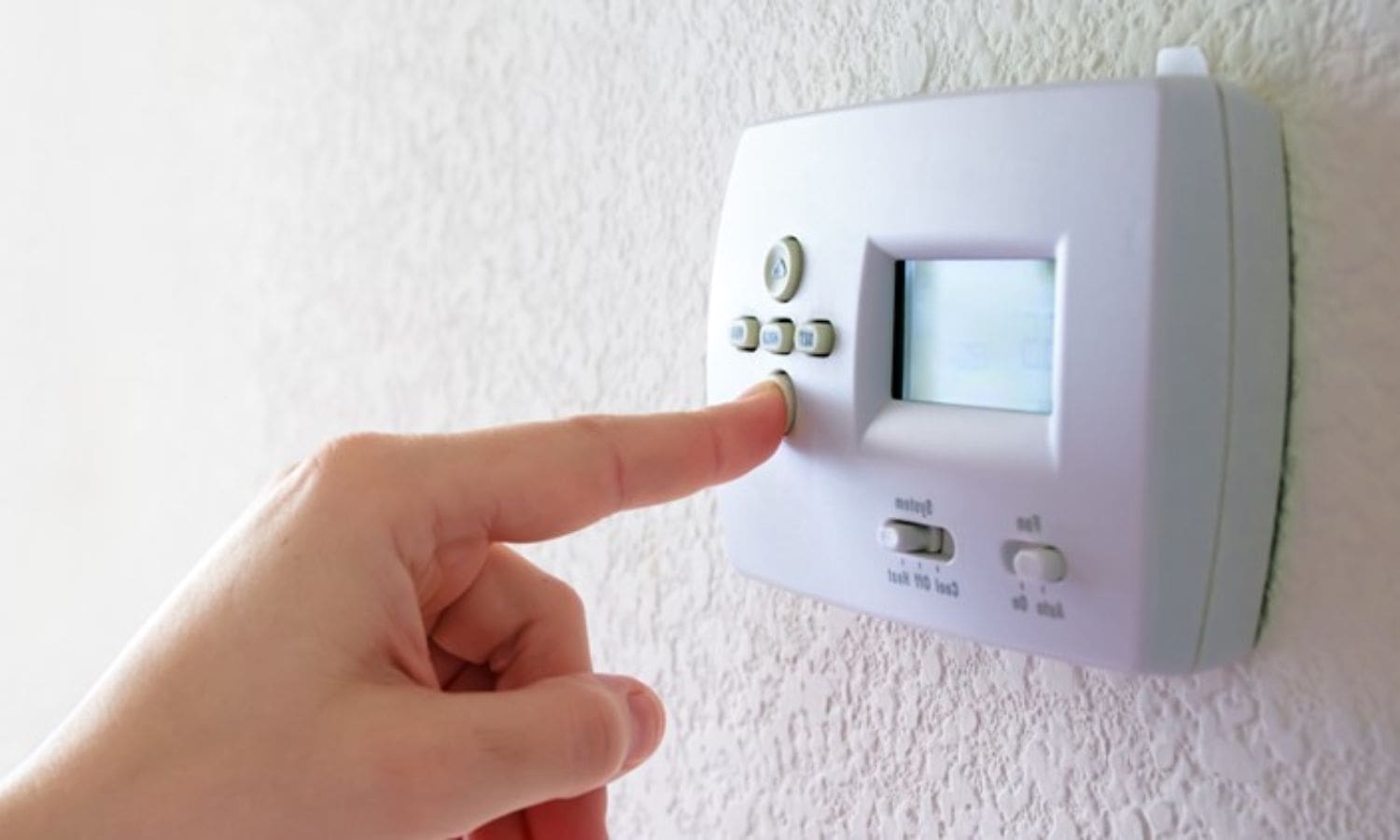Cold Weather on PGandE Rates: In light of an existing rate hike, the impact of cold weather on PG&E rates has become a pressing concern. This article aims to provide an analytical and informative perspective on the issue, offering insight into the recent 9% decrease in winter natural gas prices announced by PG&E.
However, amidst this seemingly positive development, concerns about potential yearly rate hikes persist, prompting calls for regulatory reevaluation. Former CPUC President Loretta Lynch’s critique of continuous rate increases will also be explored.
Key Takeaways Of Cold Weather on PGandE Rates
- PG&E has decreased winter natural gas prices by 9%, resulting in a $17 savings on gas bills compared to the previous winter.
- This decrease in prices provides relief for consumers who are facing a 13% rate hike for undergrounding of lines, helping to alleviate financial pressure and improve affordability during the colder months.
- However, there are concerns about potential future increases, with the average customer potentially facing up to a $100 increase, which could have a significant impact on monthly budgets and increase the cost of living.
- Loretta Lynch critiques the continuous rate hikes, arguing that CPUC rules favor utilities like PG&E at the expense of consumers. She calls for legislative and gubernatorial intervention to protect consumers, ensure fairness in rates, and conduct a thorough review of the regulatory framework.


Seasonal Update: PG&E Announces 9% Decrease in Winter Natural Gas Prices
PG&E’s announcement of a 9% decrease in winter natural gas prices brings relief to consumers amidst an existing rate hike. As winter approaches, this news offers a potential silver lining for customers who may have been burdened by rising energy costs. With an estimated $17 in savings on gas bills compared to the previous winter, this decrease in prices comes as a welcome change.
It is important to note that this reduction in natural gas prices is specifically for the winter season, which is typically characterized by higher energy consumption due to heating needs. By providing this seasonal update, PG&E aims to alleviate some financial pressure on consumers and improve affordability during the colder months.
This decrease in winter natural gas prices signifies a step towards balancing the impact of the existing rate hike and offering some respite to customers.
Rate Changes Alert: CPUC-Approved Adjustments Bring Mixed News for Consumers
Amidst an existing rate hike, consumers are faced with mixed news regarding rate changes due to CPUC-approved adjustments. Economist Ahmad Faruqui warns that while there is a decrease in natural gas prices, which is favorable for consumers, there is also a 13% rate increase approved by CPUC to fund the undergrounding of lines for wildfire prevention. This translates to an additional cost of $35 for customers.
The rate changes bring both positive and negative implications for consumers, creating a complex situation. The CPUC-approved adjustments have several impacts on consumers, including:
- Decrease in natural gas prices, providing some relief on energy costs.
- 13% rate hike to fund the undergrounding of lines for wildfire prevention, leading to an increase in monthly bills.
- Mixed news for consumers, as the decrease in natural gas prices is offset by the rate hike.
- The need for customers to carefully assess their energy usage and budget, considering the impact of both the rate hike and the decrease in natural gas prices.


Also Read: Bay Area Weather Alert: Scattered Showers and Sierra Snow Forecasted Through Wednesday
Concerns About Future Increases: Economist Highlights Potential Yearly Rate Hike
Economist Ahmad Faruqui highlights the potential for a yearly rate hike, raising concerns about future increases in utility costs for customers. According to a recent study, the average customer could face a yearly rate increase of up to $100. This alarming projection underscores the challenges that consumers may encounter in managing their utility expenses. To better understand the potential impact, let’s take a closer look at the potential yearly rate hikes in a table below:
| Yearly Rate Hike (in $) | Implications |
|---|---|
| $50 | Increased burden on households, especially those with limited income |
| $75 | Higher cost of living, affecting discretionary spending and savings |
| $100 | Significant impact on monthly budgets, potentially leading to financial strain |
As evident from the table, even a modest increase of $50 can create additional financial pressure on households. Therefore, it is crucial for consumers to be aware of these potential future increases and take proactive measures to manage their utility costs effectively.
Critique of Continuous Rate Hikes: Former CPUC President Loretta Lynch’s Perspective
Former CPUC President Loretta Lynch offers a critical perspective on the continuous rate hikes approved by the CPUC, raising concerns about the need for intervention to rein in PG&E and address California’s high electric rates. Lynch emphasizes that the rules favoring utilities have allowed PG&E to benefit at the expense of consumers, resulting in California having the second-highest electric rates in the country.
She questions whether the state has the political will to hold PG&E accountable and advocates for legislative and gubernatorial intervention to address the issue. Lynch’s critique highlights the urgency of finding a solution to the continuous rate hikes and ensuring that the interests of consumers are protected.
Her perspective adds to the ongoing debate surrounding PG&E and the need for reforms in California’s electricity market.
Call for Regulatory Reevaluation: Lynch Urges Action on PG&E Profiteering
In light of the existing rate hike, Lynch urges immediate regulatory reevaluation to address PG&E’s profiteering practices. She highlights the need for California to take action and determine whether it is willing to confront the utility’s actions or let working families continue to suffer.
Lynch emphasizes that intervention at the legislative and gubernatorial levels is crucial to protect consumers and ensure fairness in rates. By calling for a reevaluation of the regulatory framework, she questions whether the current system is equipped to address PG&E’s practices effectively.
Lynch’s stance demonstrates her commitment to holding the utility accountable and advocating for the rights of consumers. It is imperative for the regulatory authorities to thoroughly review and address the issue to prevent further exploitation and ensure a fair and affordable energy market.


Conclusion Of Cold Weather on PGandE Rates
The recent announcement of a 9% decrease in winter natural gas prices by PG&E provides some relief to consumers. However, concerns about future rate hikes and allegations of profiteering by the company remain.
The California Public Utilities Commission’s approval of rate adjustments has brought mixed news for consumers, highlighting the need for regulatory reevaluation. Former CPUC President Loretta Lynch’s critique of continuous rate hikes further emphasizes the need for action.
Overall, the issue of PG&E rates amidst existing rate hikes requires careful consideration and regulatory intervention.
Our Reader’s Queries
Why is my PGE bill so high in winter?
As temperatures drop, energy consumption tends to rise, leading to higher bills. Unfortunately, natural gas prices have also increased across the country, compounding the issue. In California, the colder weather has caused a 26% increase in natural gas usage compared to the average for November over the past five years. This combination of factors can make it difficult for households to manage their energy costs during the winter months.
What time of day are PG&E rates the lowest?
The most cost-effective time to utilize services is between 12 a.m. to 3 p.m. when the demand is at its lowest. This is the ideal time to save money while still receiving the same quality of service. By taking advantage of this window, you can reduce your expenses without compromising on the level of service you receive. So, plan your schedule accordingly and make the most of this opportunity to save some extra bucks.
How can I lower my PG&E bill in the winter?
Lowering your energy bill can be achieved in a few simple ways. During the winter, set your thermostat to 68F and 78F during the summer, as long as it’s healthy for you. You can also consider using a space heater or ceiling fan, but make sure to follow all safety guidelines. To warm and light your home during daylight hours, open your blinds and windows. Conversely, to keep the cold out, close your window coverings. These small adjustments can make a big difference in reducing your energy costs.
What is the PGE rate per kWh in 2023?
PG&E has seen an average annual rate increase of 8.7% over the past three years. In 2022, the bundled residential rate was 33.8 cents/kWh, which increased by 18.1% from the previous year. The rate continued to rise in 2023, with an increase of 13.2% from the previous year, resulting in a rate of 38.2 cents/kWh. In 2024, the rate increased by 17.2%, bringing the average bundled residential rate to 44.4 cents/kWh.

